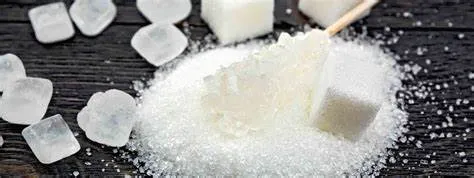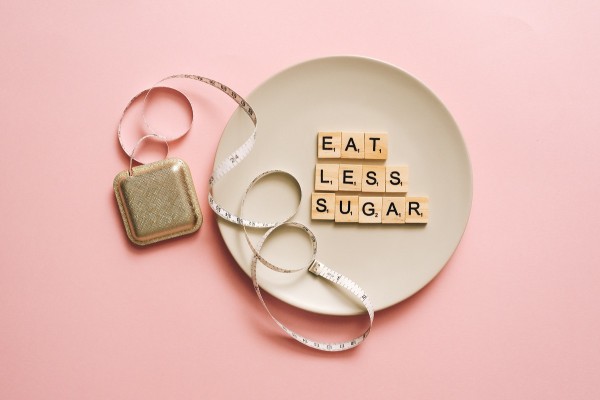Learn more about "0 Sucrose"
Our last article about the “0-sucrose” issue of YUANQI FOREST (Vitality Forest) was warmly received by readers and many replied that our article helped them understand the tricks in the “0-sugar” claim. Thus, we’d like to say something more about this.
Firstly, we should realize that "Sucrose" is not equal to "Sugar", they are different concepts. Sugar usually can be divided into monosaccharide and disaccharide.
Monosaccharide refers to the molecule that cannot be simply hydrolyzed into smaller saccharides. The monosaccharide in food is mainlyhexose, including glucose, fructose and galactose.
Disaccharide is a kind of carbohydrate, which is a sugar formed by condensation of two monosaccharide molecules to remove one water molecule. For example, lactose is composed of glucose and galactose, sucrose is composed of glucose and fructose, maltose is composed of two glucoses.
Then let's talk about the "harm" brought by sugar. In addition to the well-known fact that sugar is a high calories food ingredient and can easily lead to obesity, some basics about sugar should be known as well.
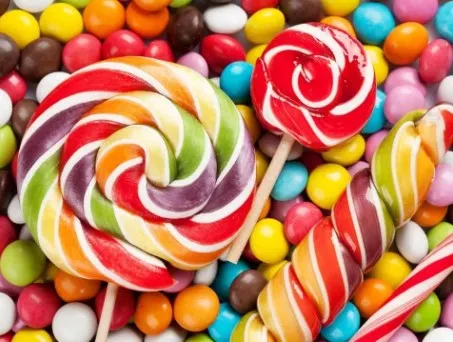
Picture source: Baidu
"Harm" of sugar
Sugar is considered as an addictive food. If people habitually eat sweets, it will stimulate the production of dopamine in the brain, which makes people feel happy. Once people stop eating, they will feel uncomfortable and even restless.
If too much sugar is eaten, the dopamine in the brain will become saturated, and the sensitivity to sugar stimulation will gradually decrease. At that point, people need to eat more sugar to keep the brain at the same level of pleasure as before. It means that sweets only temporarily make people feel better and energetic.
Studies have shown that the good mood brought by sugar lasts only 30 minutes and then disappears. It's also a vicious circle: keeping a good mood by eating more sweets.
It should be added that the World Health Organization (WHO) investigated the causes of death in 23 countries and concluded that long-term consumption of foods with high sugar content will significantly shorten people's life span and put forward the slogan of "staying away from sugar".
Added sugar
The sugar we usually want to avoid mainly refers to "free sugar", which is called "added sugar" in China. "Free sugar" is a definition proposed by the World Health Organization, which refers to monosaccharides and disaccharides (granulated sugar, sucrose, glucose syrup, etc.) added by producers, cooks or consumers in food, as well as sugar naturally existing in honey, syrup, juice and concentrated juice, e.g., fructose. The "added sugar" used in the "Dietary Guidelines for Chinese Residents" refers to the additional sugar added to food.
Crystalline fructose
Let’s talk about the "crystalline fructose" in the ingredient list of "YUANQI FOREST". It should meet the requirement in GB/T 26762-2011 Crystalline Fructose and Solid Fructose. Crystalline fructose is a product of glucose produced by hydrolysis of starch through isomerization, separation, refining and crystallization, or a product of fructose and glucose produced by hydrolysis of sucrose through separation, purification and crystallization.
Crystalline fructose has the following characteristics:
- the smell of fruit.
- low calories.
- faster metabolism than glucose in the body, easily absorbed and utilized by the body.
- not insulin dependent, low burden on blood sugar, etc.
Crystalline fructose has many advantages in bakery. The moisture absorption of fructose can help cake keep moist and fresh for along time. Biscuits or cakes added with crystalline fructose have a pleasant brown appearance and moist chewiness, which cannot be achieved by glucose nor sucrose. It can be concluded that crystalline fructose is better than sucrose in terms of blood sugar burden and taste. Of course, the price of crystalline fructose is relatively higher.
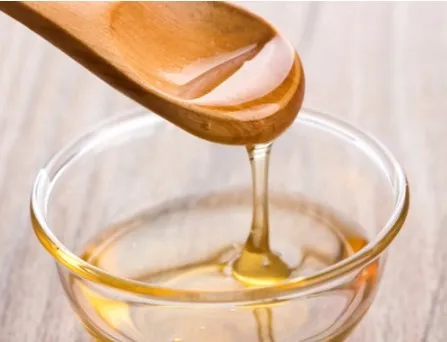
Picture source: Baidu
Fructose syrup
People who take sugary drinks are familiar with the important ingredient "fructose syrup" in the ingredient list. What's the difference between fructose syrup and crystalline fructose?
At present, there are two kinds of fructose products: one is fructose syrup, and the other is crystalline fructose. Although they all have the characteristics of fructose, their difference is also obvious.
Fructose is easily hygroscopic and difficult to crystallize. Crystalline fructose is a kind of fructose with high purity (more than 97%) in the form of fine powder crystal. The fructose content of fructose syrup is 42%, 55%, or 90%, the other components are mainly glucose and a little oligosaccharide. Due to the low fructose content, fructose syrup cannot crystallize and is in the form of viscous mixed liquid.
Crystalline fructose is pure fructose. Fructose syrup contains some fructose and a large amount of glucose. In terms of Glycemic Index (GI), the GI after taking crystalline fructose is only about 20, while the GI after taking fructose syrup will reach 50-60, almost the same as that of taking sucrose 60-70.
Picture source: Baidu
Comparatively speaking, fructose syrup is a low-cost fructose product.
Compared with crystalline fructose, the production technology of fructose syrup is relatively simple with low cost, so the production and use of fructose syrup in the food industry is far greater than that of crystalline fructose.
"Harm" of fructose
Although fructose (crystalline fructose) is better than sucrose in terms of blood sugar and calories, we still need to understand the "harm" of fructose.
Fructose cannot be directly utilized by the human body but is transported to the liver. The liver converts fructose into fat. Most of these fats will stay in the liver, which may lead to fatty liver in the future.
Fructose may also reduce insulin sensitivity. Some animal experiments have confirmed that fructose can cause the decrease of insulin sensitivity in multiple organs, lead to systemic insulin resistance, and cause metabolic syndrome. Let us make it plain, crystalline fructose will raise blood glucose more slowly, but with low satiety. It can promote fat synthesis more than glucose and reduce insulin sensitivity.
If a large amount of fructose is consumed every day, it will increase the amount of visceral fat, and increase the incidence of chronic diseases such as endogenous uric acid synthesis. For fructose, it is also necessary to control the intake.
What shall we do to get “sweet” with less “harm”?
It's simple. Let’s find some suitable substitutes.
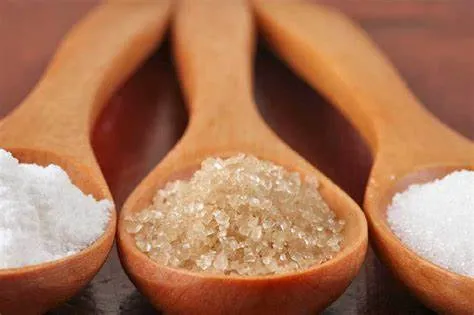
Picture source: Baidu
Erythritol
Erythritol is a kind of natural sugar substitute, which is obtained by fermenting glucose from corn or wheat starch with a kind of yeast. Its taste is almost the same as sucrose. It is a white crystalline powder with a refreshing sweet taste, not easy to absorb moisture, and stable at high temperatures. In terms of energy, white granulated sugar is 4 kcal/g, xylitol is 2.4 kcal/g, while erythritol has almost no calories, but has 70% sweetness of white granulated sugar.
When people take erythritol, there is no change in blood glucose or insulin levels, it does not affect cholesterol, triglycerides or other biomarkers as well. Erythritol, as an antioxidant, can reduce blood vessel damage caused by hyperglycemia. As erythritol will not be utilized by oral bacteria, it will not cause tooth decay or gum issues.
Well, erythritol also has its disadvantages. Due to the unique chemical structure of erythritol, the human body cannot digest it. About 90% of erythritol will be excreted in the form of urine, and the remaining 10% will enter the colon. Erythritol is then fermented by intestinal bacteria to produce gases in the colon.
Therefore, high intake of erythritol may lead to abdominal distension and indigestion. The maximum single dose of erythritol, which does not cause diarrhea, is 0.80 g/kg, which means 40g for a person with 50 kg body weight. Surely no one will eat such a large amount directly at one time. Therefore, erythritol added to food and beverage as a sweetener is not likely to have the so-called "high erythritol intake" situation.
Mogroside (Lo-han-kou Extract) and Lo-han-kou sugar substitute
Mogroside, or lo-han-kou extract, is extracted from Grosvenor momordica fruit which is a permitted food/traditional medicine in China. It is a common practice in China to add lo-han-kou in drinks and pastry for health care.
The sweetness of mogroside is 300 times as much as sucrose. With 0-calories, intake of mogroside will not affect the blood sugar level of normal people. Mogroside is proved to be safe for human consumption and a permitted sweetener in GB 2760 National Food Safety Standard of Food Additives. It can be added to all kinds of food with a suitable amount.
Lo-han-kou sugar substitute is a kind of natural sweetener made from mogroside (lo-han-kou extract) and erythritol. The sweetness of lo-han-kou sugar substitute is 3~5 times that of sucrose, its caloriesis very low, and its glycemic index is almost zero.
It is the ideal sweetener for diabetics, obese people, and children who want to avoid tooth decay. It is widely used in the production of food, beverages and seasoning, but it is quite expensive.
Stevioside
Stevioside is a kind of glycoside extracted from the leaves of stevia rebaudiana. Its sweetness is 250-450 times that of sucrose. With slight astringency, it is a natural low-calorie sweetener very close to granulated sugar. The calorie of stevioside is only 1/300 of sucrose. It is not absorbed by the human body and does not generate calories. It is a sweetener for diabetics and obese patients.
When stevioside is mixed with sucrose, fructose or isomerized sugar, the sweetness and taste can be improved. Although the taste is close to sucrose, some products have a flavor of liquorice. Such flavor should be removed in production and use, while maintaining its sweetness.
The disadvantage of stevioside is that the use of stevioside in food has been a controversial issue all over the world. China has approved the use of stevioside as a food additive (sweetener). However, in other countries, such as the US FDA, the safety for human consumption is not confirmed yet.
How to buy food or beverage labelled with "0 sucrose"?
It is good for us to develop the habit of checking the ingredients list whenever we buy food and drinks. Even for products labelled “0-sucrose”, they are still different from each other.
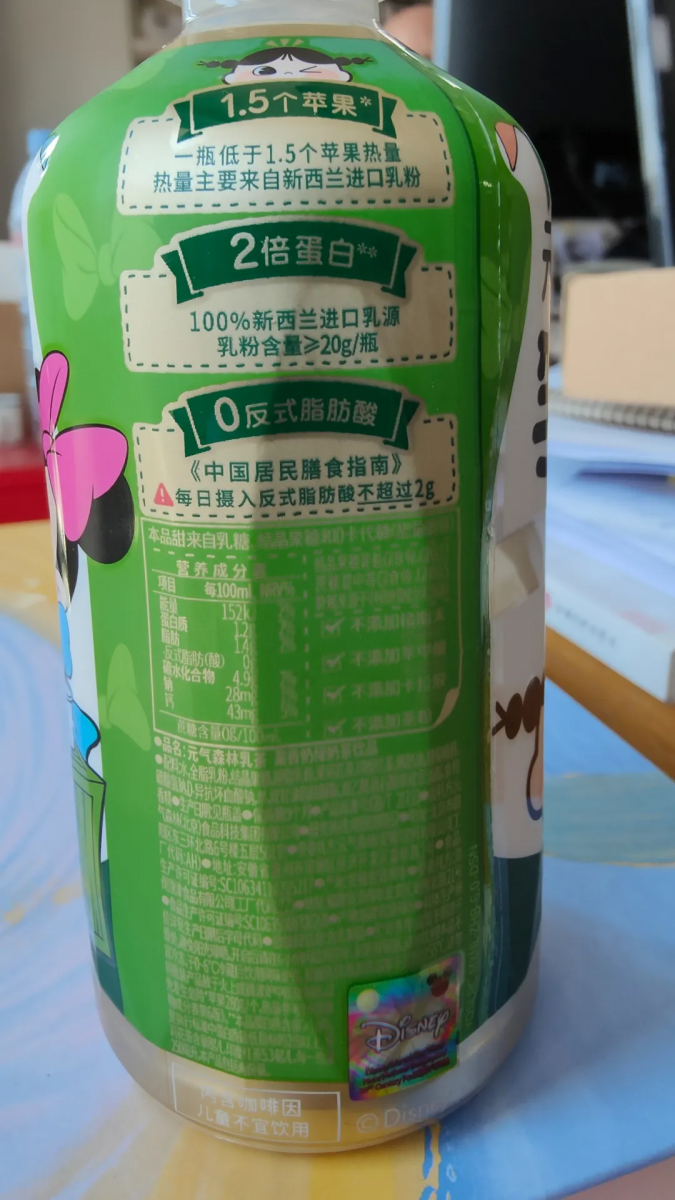
In the ingredient list of "YUANQI FOREST", the sweetener listed first is crystalline fructose. Although the glycemic index of crystalline fructose is not high, it will also bring burden to the body, especially the liver, if you drink too much.
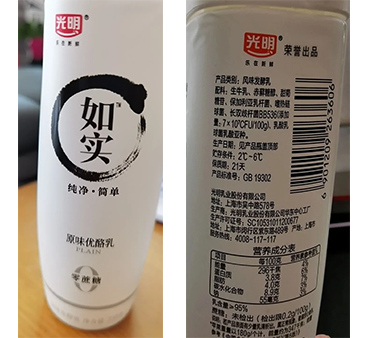
The sweeteners of "RuShi" (Yogurt brand) marked with “0 sucrose” are erythritol and stevioside. Therefore, as we said in this article, this "0 sucrose" product is relatively healthy.
In general, to reduce the potential risks of diabetes, fatty liver, cardiovascular and skin aging, we shall try to reduce or even avoid consumption of sucrose, and also carefully check and select products when choosing "0 sucrose" foods.
Hope this article is helpful for “0 sucrose” product selection. Meanwhile, advices and corrections from experts are warmly welcome.
